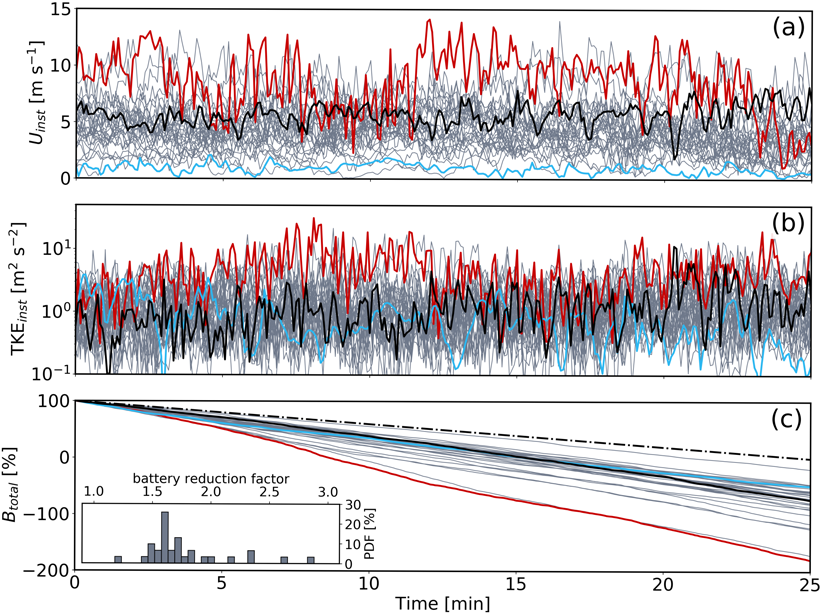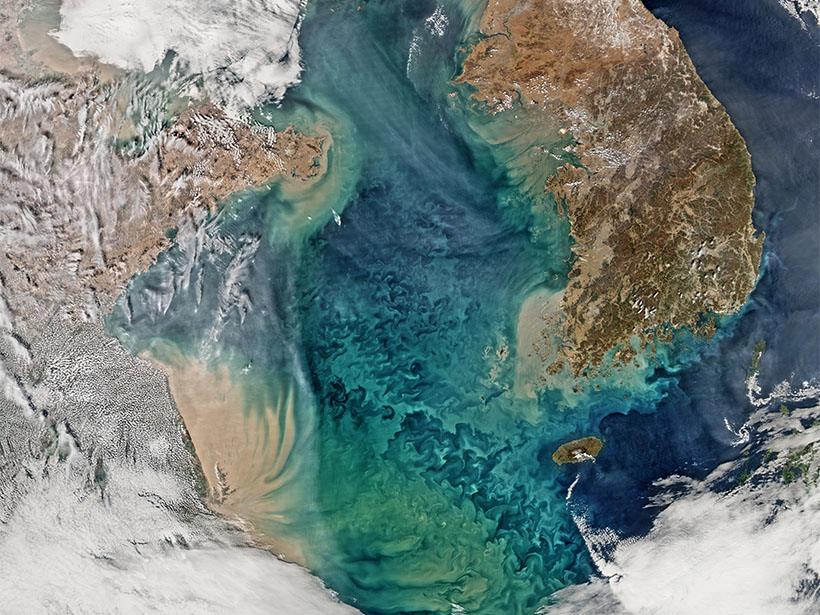Our crew braved rough Southern Ocean seas, endured pandemic precautions, and adapted plans on the fly for the chance to observe a possible subduction zone in the making below the Macquarie Ridge.
2021 CC BY-NC-ND
“Earth Cousins” Are New Targets for Planetary Materials Research
“Cousin” worlds—slightly bigger or slightly hotter than Earth—can help us understand planetary habitability, but we need more lab and numerical experiments to make the most of this opportunity.
Modeling Urban-Weather Effects Can Inform Aerial Vehicle Flights
Microscale modeling can be used to understand and predict urban weather with sufficient detail to inform and support flight safety for crewed and uncrewed aerial vehicles.
Raising Central American Orography Improves Climate Simulation
Elevation of Central American orography significantly reduces the pervasive tropical rainfall bias by blocking the easterlies and consequently warming the northeastern tropical Pacific.
The Earth in Living Color: Monitoring Our Planet from Above
A new special collection invites papers on a new era of remote sensing missions and instruments that will provide insights into human and climate driven changes on planet Earth.
Siltation Threatens Historic North Indian Dam
Experts recommend reforestation campaigns to combat siltation at Bhakra Dam, one of the first infrastructure projects pursued by India after independence.
Seafloor Seismometers Look for Clues to North Atlantic Volcanism
Did the mantle plume that fuels Iceland’s volcanoes today cause eruptions in Ireland and Great Britain long ago? A new project investigates, while also inspiring students and recording whale songs.
Climate Clues from One of the Rainiest Places on Earth
One of the world’s rainiest places lies off Colombia’s Pacific coast. New field research sheds light on the Chocó low-level jet, a phenomenon responsible for the region’s precipitation.
Planning and Planting Future Forests with Climate Change in Mind
The climate is warming too fast for some trees to catch up. Planting seeds from warmer regions can bolster future forests, but that requires a significant shift in forestry practice.
A Tectonic Shift in Analytics and Computing Is Coming
Artificial intelligence combined with high-performance computing could trigger a fundamental change in how geoscientists extract knowledge from large volumes of data.










